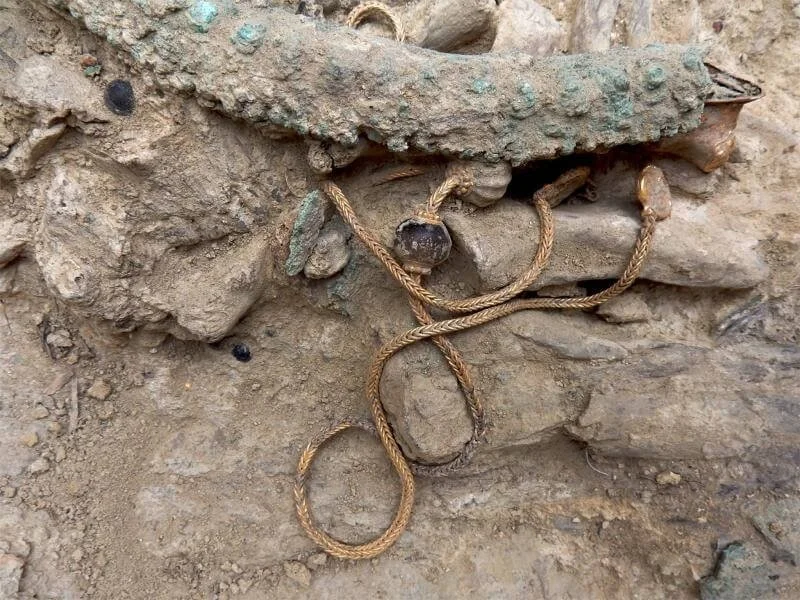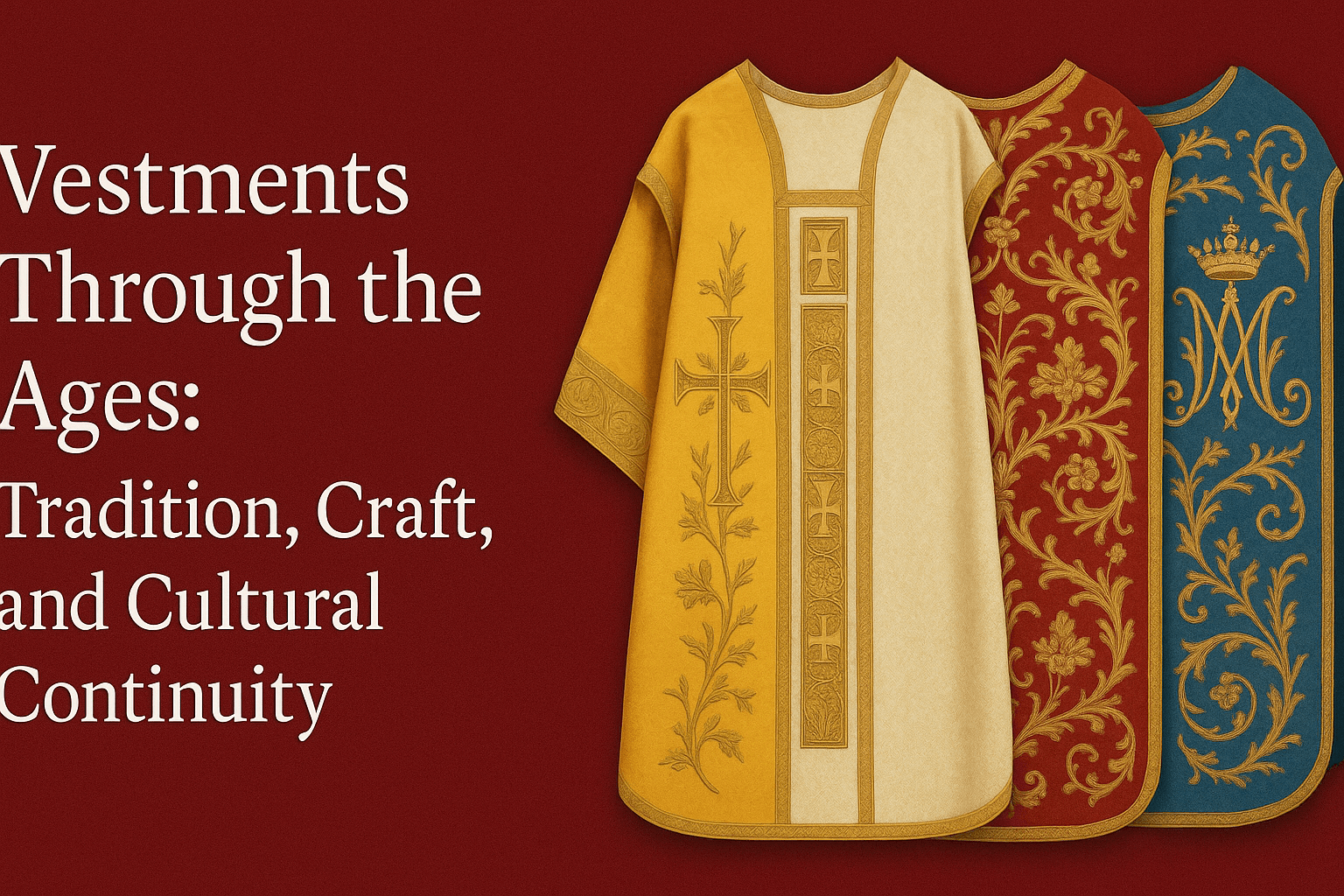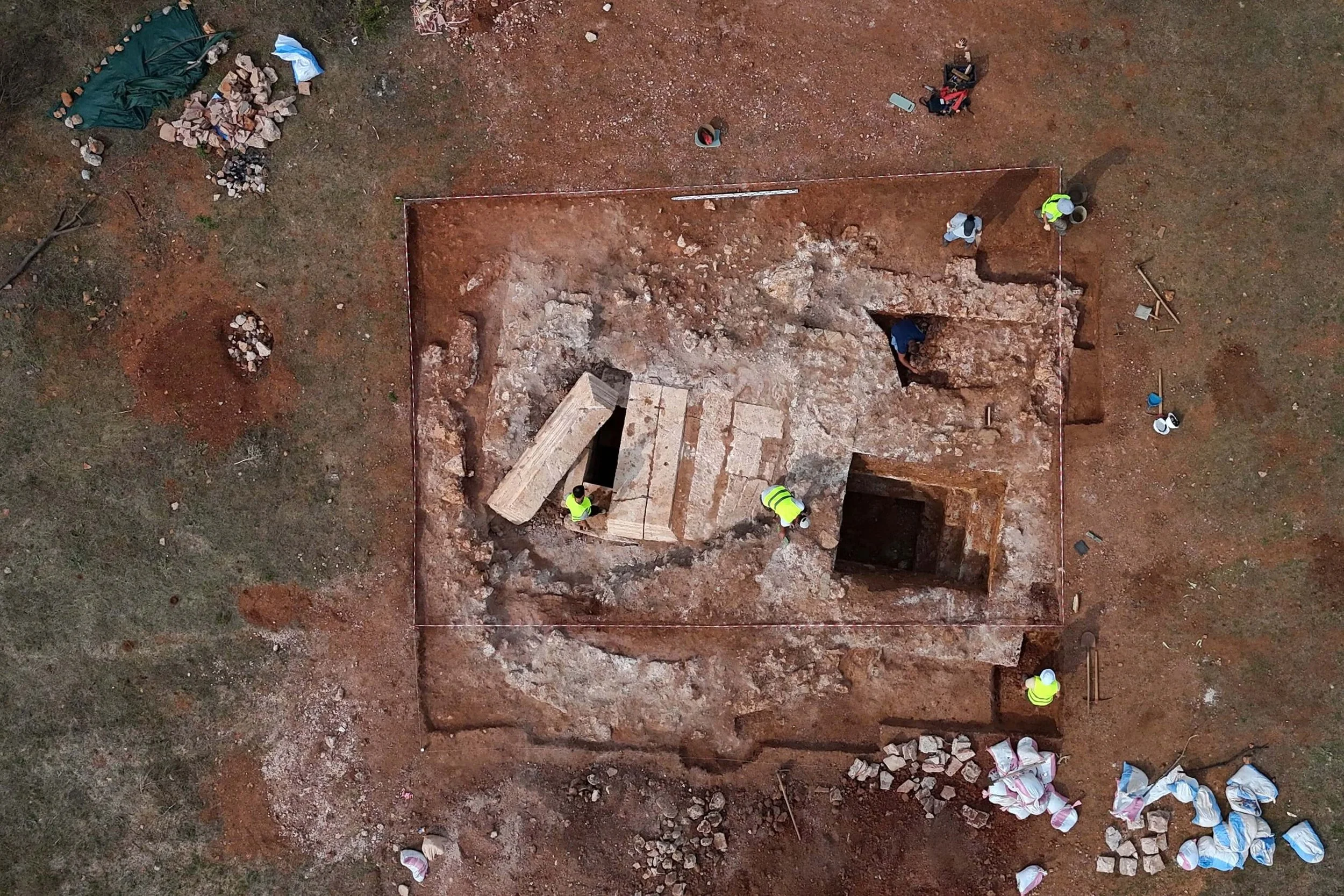Introduction
Ivory has been a prized material in artistic production since antiquity due to its smooth texture, durability, and ability to hold fine details. Sourced primarily from elephant tusks, but also from hippopotamuses, walruses, and other mammals, ivory was utilized by various ancient civilizations for decorative objects, religious artifacts, and luxury goods. This article explores the significance, techniques, and cultural applications of ivory in ancient art, examining its role in societies such as Egypt, Mesopotamia, Greece, Rome, China, and the Islamic world.
Sources and Trade of Ivory in Antiquity
The demand for ivory led to the establishment of extensive trade networks across Africa, the Near East, and Asia.
Egypt: Imported ivory from Nubia and Punt, using it for religious and funerary objects.
Mesopotamia: Acquired ivory from trade routes stretching into Africa and India, incorporating it into royal artifacts.
Greece and Rome: Relied on North African and Indian ivory for luxury goods and sculptural works.
China: Sourced ivory through trade with Southeast Asia, crafting intricate carvings and calligraphic tools.
Techniques of Ivory Carving
Artists employed various methods to shape and embellish ivory, enhancing its aesthetic and functional qualities.
Relief Carving: Used for decorative plaques, religious scenes, and furniture embellishments.
Inlay Work: Combined ivory with wood, metal, or gemstones to create composite objects.
Engraving and Polishing: Artists used fine tools to etch detailed images before polishing the surface for a smooth finish.
Gilding and Painting: Many ivory pieces were adorned with gold leaf or colored pigments to enhance their visual appeal.
Ivory in Ancient Civilizations
Egyptian Ivory Art
Used for amulets, combs, and inlays in royal furniture.
Depicted religious symbols and deities, such as Hathor and Bes.
Found in elite tombs, indicating its association with wealth and the afterlife.
Mesopotamian and Near Eastern Ivory
Employed in temple furnishings, throne decorations, and personal ornaments.
Notable examples include the Nimrud Ivories (9th–7th century BCE), which feature intricate reliefs of human and animal figures.
Greek and Roman Ivory Sculpture
Chryselephantine (gold and ivory) statues, such as the colossal statue of Zeus at Olympia, were considered among the greatest masterpieces of the ancient world.
Used for diptychs, furniture inlays, and decorative reliefs.
Chinese and Indian Ivory Craftsmanship
China produced finely carved ivory figurines, brush holders, and religious icons.
Indian artisans created ivory plaques and statues depicting Hindu and Buddhist deities.
Symbolism and Cultural Significance
Religious and Ritual Use: Ivory was often associated with the divine, used in temples, altars, and sacred artifacts.
Status and Wealth: Due to its rarity, ivory objects were markers of prestige and power among elites.
Funerary and Commemorative Art: Many cultures placed ivory objects in tombs as offerings or symbols of the deceased’s social rank.
Decline and Ethical Considerations
While ivory remained popular through the medieval and Renaissance periods, ethical concerns and conservation efforts in modern times have led to restrictions on its trade and use. Today, many ancient ivory artifacts are preserved in museums, where they serve as valuable historical records of artistic and cultural achievements.
Conclusion
The use of ivory in ancient art demonstrates the intersection of craftsmanship, trade, and cultural symbolism. From the lavish sculptures of Greece and Rome to the intricate carvings of Egypt and China, ivory played a crucial role in artistic expression across civilizations. While modern regulations have curbed the use of ivory, its legacy endures in the masterpieces that have survived, offering insight into the artistic sophistication of the ancient world.


























